Home>Construction & Tools>Building Materials>How Thick Is Thin Brick
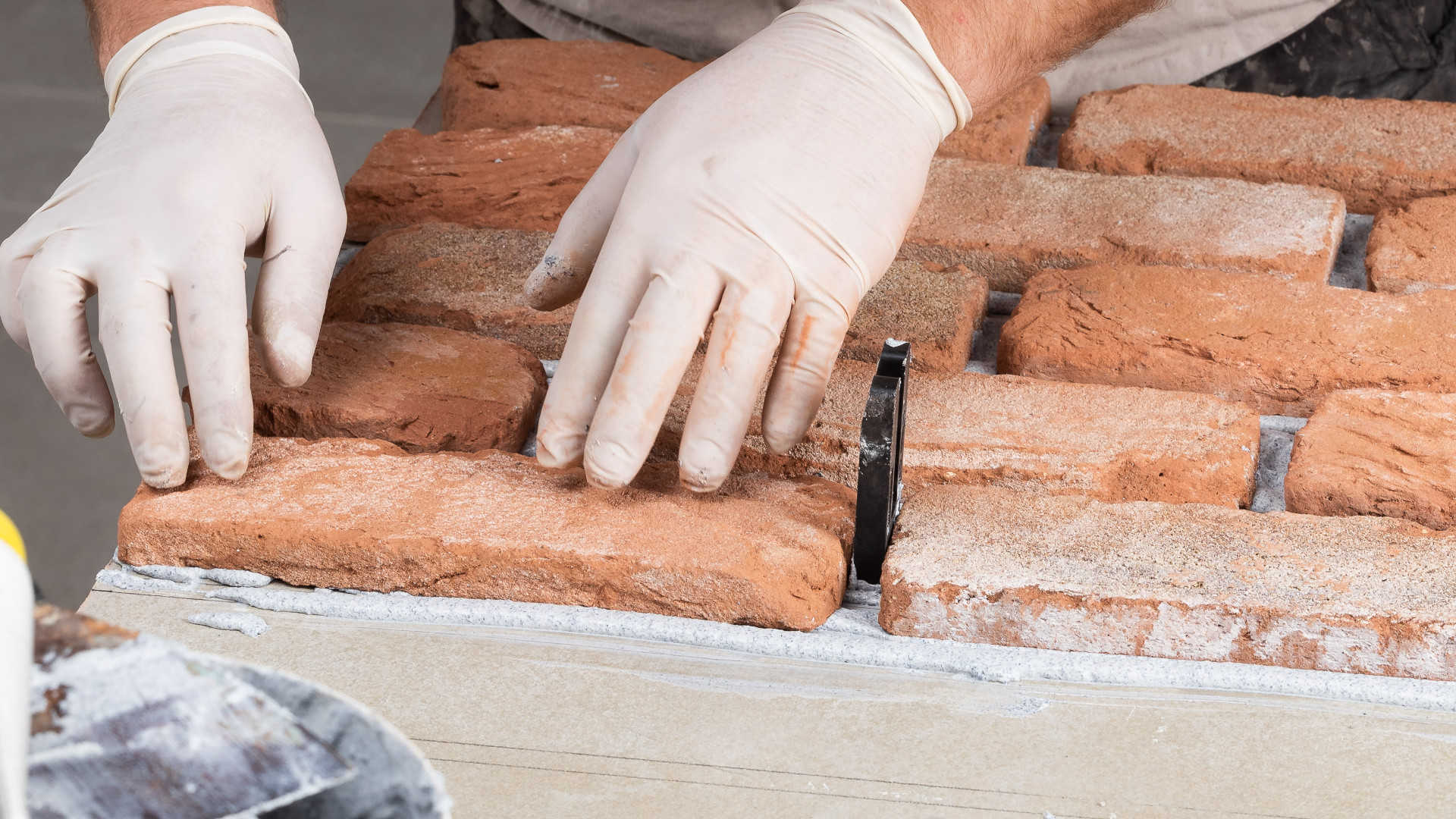

Building Materials
How Thick Is Thin Brick
Published: January 22, 2024
Discover the ideal thickness of thin bricks for your building projects. Explore the various options and benefits of using thin bricks as a versatile building material.
(Many of the links in this article redirect to a specific reviewed product. Your purchase of these products through affiliate links helps to generate commission for Storables.com, at no extra cost. Learn more)
**
Introduction
**
Welcome to the fascinating world of thin brick! In the realm of construction and design, thin brick has emerged as a versatile and popular choice for adding a touch of timeless elegance to various architectural projects. This innovative building material offers a unique blend of aesthetic appeal, durability, and flexibility, making it a sought-after option for both residential and commercial applications.
As we delve into the realm of thin brick, we will explore its characteristics, applications, advantages, and potential considerations. Whether you are a seasoned construction professional, a passionate DIY enthusiast, or simply someone with a keen interest in architectural elements, this exploration of thin brick will provide valuable insights that can inform and inspire your next project.
So, let's embark on this enlightening journey to uncover the nuances of thin brick, from its composition and thickness to its diverse uses and the pros and cons associated with its implementation. By the end of this exploration, you will have a comprehensive understanding of how thin brick can elevate the visual appeal and structural integrity of any space, while also gaining valuable knowledge to guide your decision-making process.
**
Key Takeaways:
- Thin brick, with its slim profile and diverse applications, offers a timeless charm and durability that can elevate the visual appeal of any space, making it a versatile choice for architectural projects.
- While thin brick presents advantages such as space efficiency and aesthetic versatility, it’s important to consider potential limitations like cost and maintenance, ensuring informed decisions align with design objectives and budget constraints.
Read more: How To Grout Thin Brick
What is Thin Brick?
**
Thin brick, also known as brick veneer or brick tile, is a sleek and lightweight alternative to traditional brick. It captures the timeless charm and texture of full-sized bricks while offering greater versatility in terms of installation and design possibilities. Composed of genuine clay or concrete, thin brick undergoes a meticulous manufacturing process to achieve a slim profile without compromising its inherent strength and visual appeal.
Unlike standard bricks, which typically measure around 2 1/4 inches in thickness, thin brick boasts a slender profile, usually ranging from 1/2 to 3/4 inches. This reduced thickness not only makes it easier to handle and transport but also expands the scope of applications, allowing for seamless integration into diverse architectural settings.
Thin brick comes in an array of colors, textures, and finishes, catering to a wide spectrum of design preferences. Whether you seek the rustic allure of weathered bricks or the contemporary elegance of smooth surfaces, thin brick offers a myriad of options to align with your aesthetic vision.
One of the defining features of thin brick is its adaptability. It can be utilized both indoors and outdoors, making it an ideal choice for accent walls, fireplaces, facades, and various other interior and exterior surfaces. From residential homes to commercial establishments, thin brick serves as a versatile design element that infuses spaces with character and warmth.
Furthermore, thin brick is designed to complement various construction materials, including wood, metal, and concrete, fostering seamless integration into diverse architectural styles. Whether employed as a focal point or as a harmonious backdrop, thin brick lends itself to endless creative possibilities, allowing architects, designers, and homeowners to craft captivating environments that exude timeless charm.
With its lightweight nature and flexible installation methods, thin brick presents an enticing solution for revamping existing structures or embarking on new construction projects. Its adaptability, durability, and aesthetic appeal converge to redefine the possibilities of incorporating brick into contemporary design, breathing new life into architectural landscapes.
**
The Thickness of Thin Brick
**
When it comes to the thickness of thin brick, precision and versatility are paramount. Unlike traditional bricks, which are characterized by their substantial thickness, thin brick offers a streamlined profile that opens up a world of design opportunities. Typically measuring between 1/2 and 3/4 inches in thickness, thin brick strikes an optimal balance between structural integrity and adaptability, allowing for seamless integration into diverse architectural contexts.
The slim profile of thin brick not only enhances its visual appeal but also simplifies the installation process, making it a favored choice for both professionals and DIY enthusiasts. This reduced thickness facilitates easier handling and maneuvering, minimizing the logistical challenges often associated with working with standard-sized bricks. As a result, thin brick empowers architects, designers, and builders to execute their creative visions with greater precision and efficiency.
Moreover, the slender form factor of thin brick enables it to harmonize effortlessly with various construction materials, fostering seamless transitions between different design elements. Whether it is juxtaposed against sleek metal panels or integrated into the organic warmth of wooden surfaces, thin brick adapts to its surroundings with finesse, enriching architectural compositions with its timeless allure.
Despite its slim dimensions, thin brick upholds the enduring strength and durability that are synonymous with traditional brick. Crafted from genuine clay or concrete, thin brick undergoes rigorous manufacturing processes to ensure that it maintains its structural integrity and aesthetic appeal over time. This combination of resilience and adaptability positions thin brick as a versatile solution for enhancing interior and exterior spaces, from accent walls and fireplaces to facades and beyond.
Furthermore, the reduced thickness of thin brick aligns with modern construction trends that prioritize efficient use of space and materials without compromising on style or substance. Whether it is employed in urban revitalization projects or contemporary residential developments, thin brick stands as a testament to the seamless fusion of heritage craftsmanship and innovative design, offering a compelling alternative to conventional brick applications.
In essence, the thickness of thin brick embodies a harmonious convergence of form and function, redefining the possibilities of integrating brick into contemporary architectural landscapes. By embracing its slender profile, thin brick transcends traditional constraints, empowering designers and builders to sculpt captivating environments that resonate with timeless elegance and modern sensibilities.
**
When measuring the thickness of thin brick, it is important to consider the specific product being used as thickness can vary. Typically, thin brick ranges from 1/2 to 3/4 inch in thickness. Always check the product specifications for accurate measurements.
Applications of Thin Brick
**
Thin brick’s versatility extends across a diverse spectrum of applications, enriching interior and exterior spaces with its timeless allure and structural integrity. From residential renovations to commercial developments, thin brick serves as a dynamic design element that breathes new life into architectural compositions. Let’s explore the myriad applications where thin brick excels:
-
Accent Walls:
Thin brick adds depth and character to interior spaces, creating captivating accent walls that serve as focal points and conversation starters. Whether adorning living rooms, dining areas, or entryways, thin brick infuses these spaces with warmth and visual interest, elevating the overall ambiance.
-
Fireplace Surrounds:
The rustic charm of thin brick lends itself perfectly to fireplace surrounds, exuding a cozy and inviting atmosphere. Whether creating a traditional hearth or a modern fireplace design, thin brick enhances the aesthetic appeal of this cherished gathering spot.
-
Exterior Facades:
Thin brick rejuvenates exterior facades, imparting a timeless elegance that resonates with architectural authenticity. From residential exteriors to commercial storefronts, thin brick elevates curb appeal and leaves a lasting impression.
-
Commercial Interiors:
In commercial settings, such as restaurants, retail spaces, and offices, thin brick serves as a captivating design element that reinforces brand identity and creates inviting atmospheres. Whether used as a feature wall or integrated into storefront displays, thin brick adds a touch of sophistication.
-
Residential Exteriors:
Embracing the enduring appeal of traditional brick, thin brick enriches residential exteriors with its understated elegance. Whether incorporated into entryways, porch columns, or entire facades, thin brick bestows homes with a timeless charm that withstands the test of time.
These applications merely scratch the surface of thin brick’s potential, showcasing its adaptability across a wide array of design scenarios. Whether employed in contemporary, industrial, rustic, or traditional settings, thin brick imbues spaces with a sense of heritage and authenticity, transcending trends to leave a lasting impression.
By embracing the rich texture and enduring appeal of thin brick, architects, designers, and homeowners have the opportunity to craft environments that resonate with timeless elegance and contemporary sensibilities, breathing new life into architectural landscapes with a touch of historic charm.
**
Advantages and Disadvantages
**
As with any building material, thin brick presents a unique set of advantages and considerations that warrant careful evaluation. By understanding the benefits and potential limitations, stakeholders can make informed decisions regarding the incorporation of thin brick into their architectural projects.
-
Advantages:
1. Aesthetic Versatility: Thin brick offers a diverse range of colors, textures, and finishes, allowing for seamless integration into various design styles and architectural contexts.
2. Space Efficiency: With its reduced thickness, thin brick optimizes space utilization, making it an ideal choice for renovations and new construction projects where space is a premium.
3. Lightweight Nature: The slim profile of thin brick simplifies handling and installation, reducing logistical challenges and labor costs associated with traditional brick.
4. Durability: Despite its slim dimensions, thin brick maintains the enduring strength and resilience of conventional brick, ensuring long-lasting performance in diverse environments.
5. Timeless Appeal: Thin brick captures the timeless charm of traditional brick, infusing spaces with a sense of heritage and authenticity that transcends design trends.
-
Disadvantages:
1. Cost Considerations: While thin brick offers space and labor efficiencies, it may entail higher material costs compared to standard brick due to specialized manufacturing processes.
2. Installation Expertise: Proper installation of thin brick requires precision and expertise to ensure structural integrity and aesthetic cohesion, necessitating skilled labor.
3. Sealing and Maintenance: Depending on the application, thin brick may require sealing and ongoing maintenance to preserve its appearance and performance, adding to long-term upkeep considerations.
4. Limited Load-Bearing Capacity: Due to its reduced thickness, thin brick may not be suitable for load-bearing applications, necessitating careful assessment of structural requirements.
5. Environmental Considerations: The manufacturing process of thin brick, like any construction material, has environmental implications that should be weighed against its benefits.
By weighing these advantages and considerations, stakeholders can make informed decisions regarding the integration of thin brick into their architectural projects, ensuring that it aligns with their design objectives, budgetary constraints, and long-term maintenance considerations.
**
Read more: How To Install Thin Brick
Conclusion
**
Thin brick stands as a testament to the harmonious fusion of heritage craftsmanship and modern innovation, offering a versatile canvas for architects, designers, and homeowners to sculpt captivating environments that resonate with timeless elegance and contemporary sensibilities. From its slender profile and aesthetic versatility to its enduring strength and adaptability, thin brick transcends traditional constraints, redefining the possibilities of integrating brick into architectural landscapes.
As we have explored the nuances of thin brick, from its composition and thickness to its diverse applications and associated considerations, it becomes evident that this innovative building material holds the potential to elevate the visual appeal and structural integrity of any space. Whether it is adorning accent walls, fireplace surrounds, exterior facades, or commercial interiors, thin brick leaves an indelible mark, infusing spaces with warmth, character, and a sense of heritage.
While thin brick presents distinct advantages, such as space efficiency, lightweight handling, and timeless appeal, it is essential to consider potential limitations, including cost considerations, installation expertise, and long-term maintenance requirements. By carefully weighing these factors, stakeholders can make informed decisions that align with their design objectives, budgetary constraints, and long-term maintenance considerations.
Ultimately, thin brick emerges as a compelling choice for those seeking to marry the enduring charm of traditional brick with the demands of contemporary design. Its adaptability, durability, and aesthetic appeal converge to redefine the possibilities of incorporating brick into architectural compositions, breathing new life into spaces with a touch of historic charm.
As you embark on your next architectural endeavor, whether it is a residential renovation, commercial development, or interior design project, consider the timeless allure and modern versatility of thin brick. Embrace its slender profile, explore its diverse color and texture options, and unleash your creativity to craft environments that resonate with heritage craftsmanship and contemporary sophistication.
With thin brick, the journey to creating captivating architectural landscapes is imbued with endless possibilities, where tradition meets innovation, and where the timeless allure of brick finds new expressions in the modern world.
Frequently Asked Questions about How Thick Is Thin Brick
Was this page helpful?
At Storables.com, we guarantee accurate and reliable information. Our content, validated by Expert Board Contributors, is crafted following stringent Editorial Policies. We're committed to providing you with well-researched, expert-backed insights for all your informational needs.
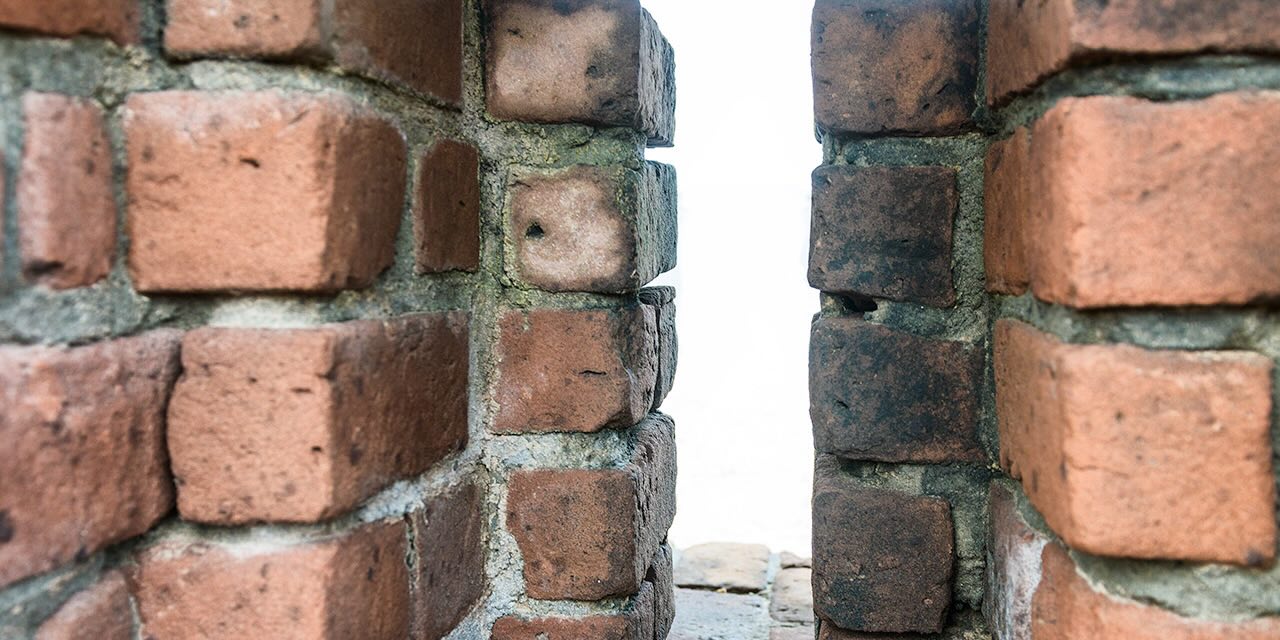

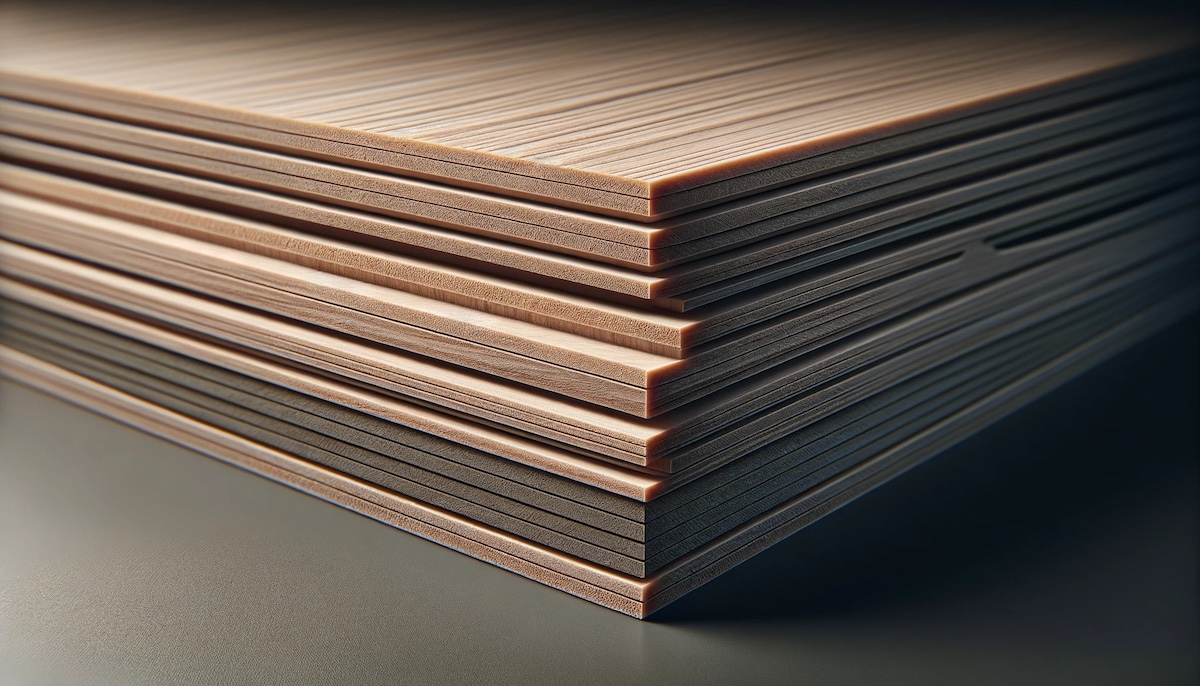
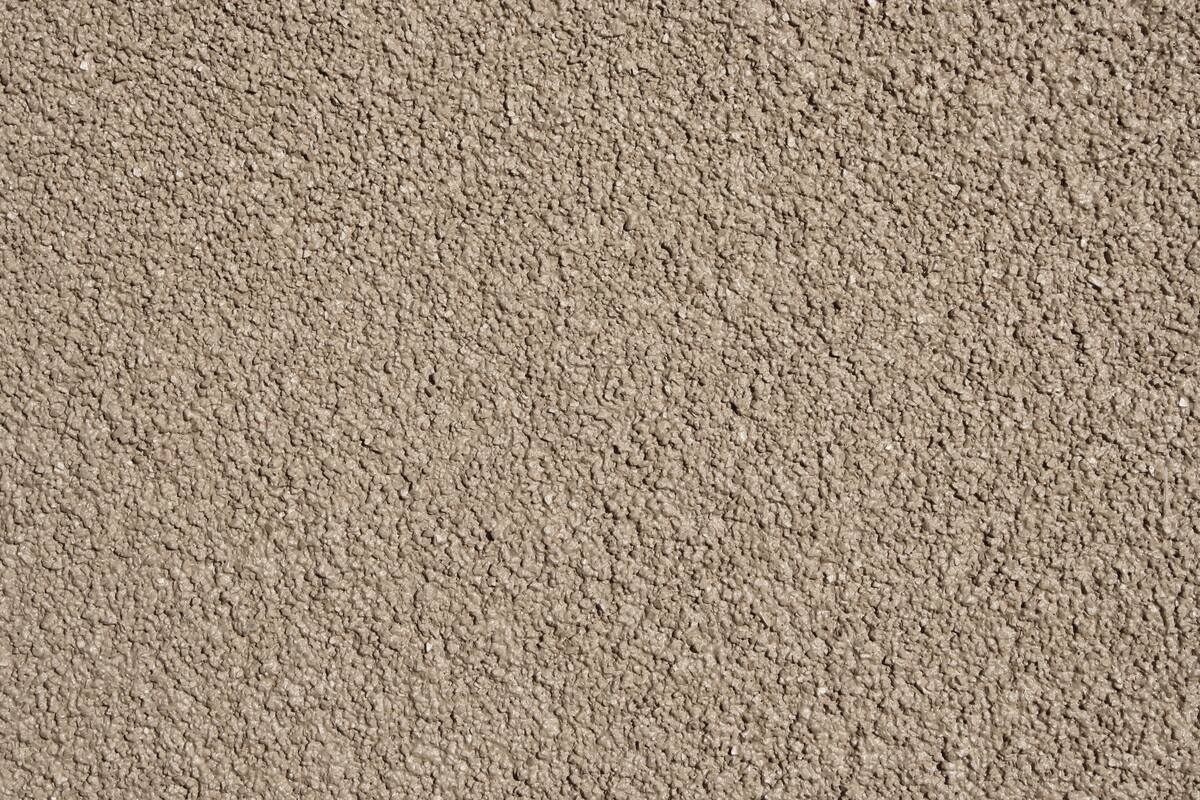
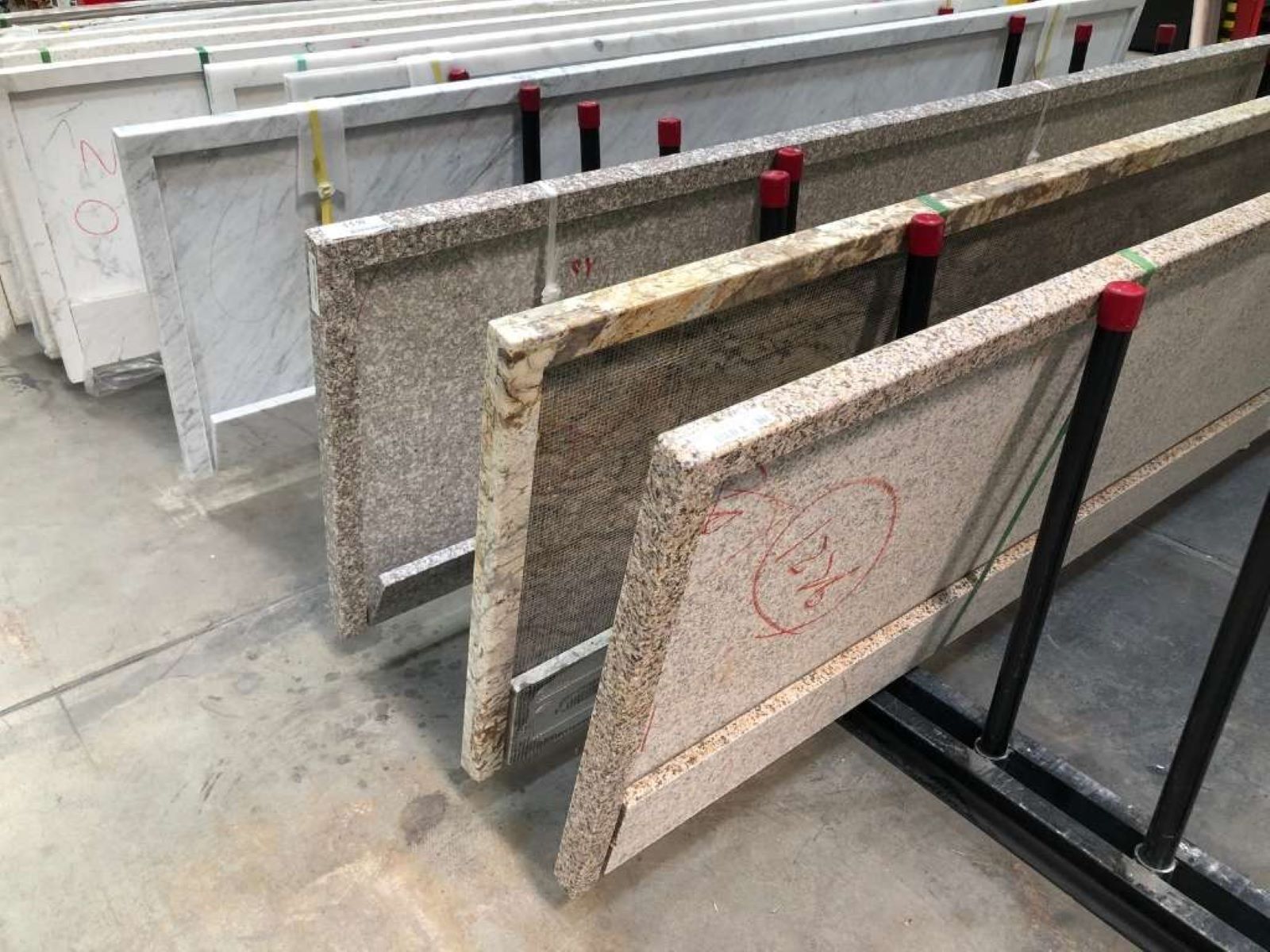
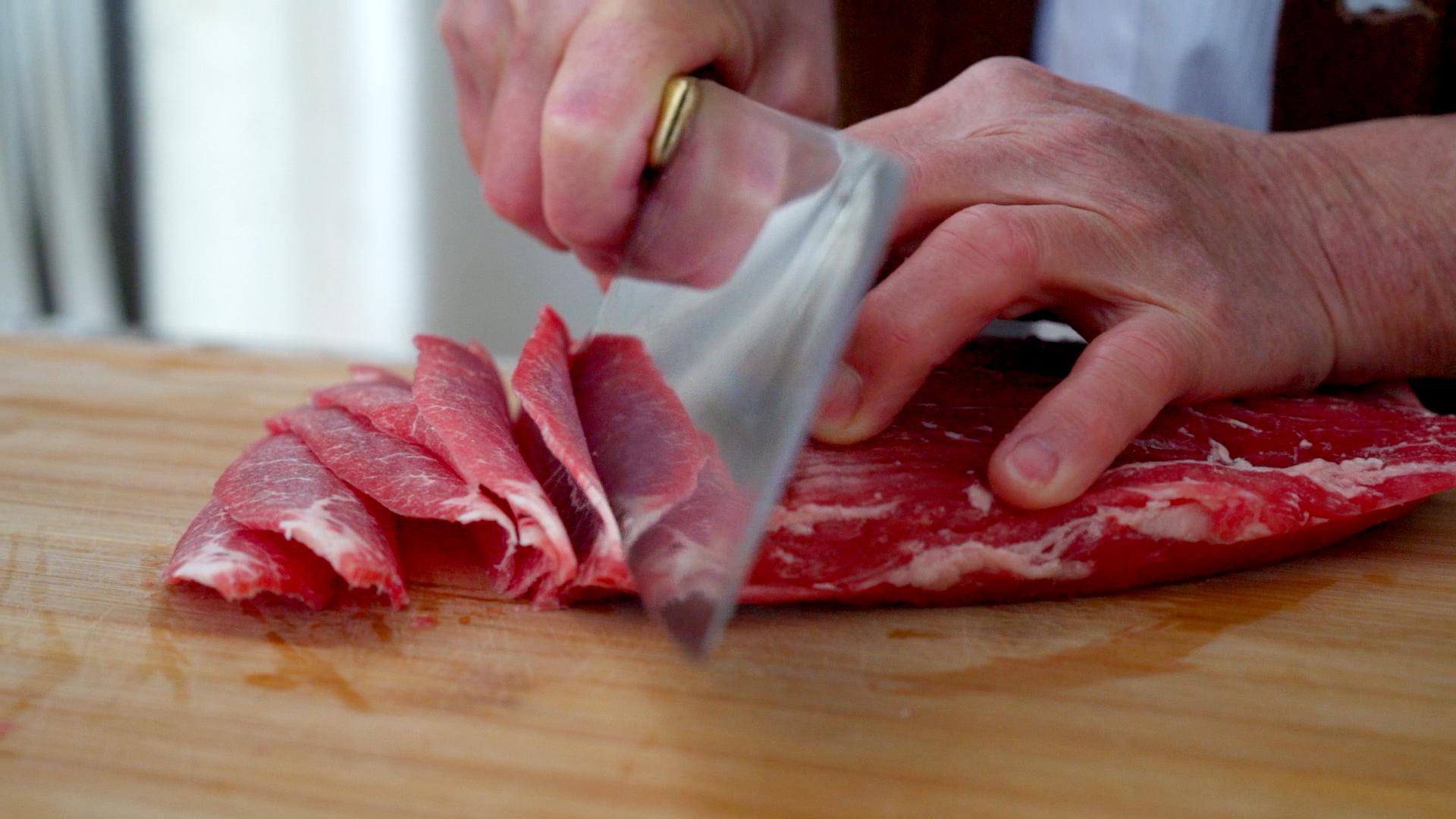

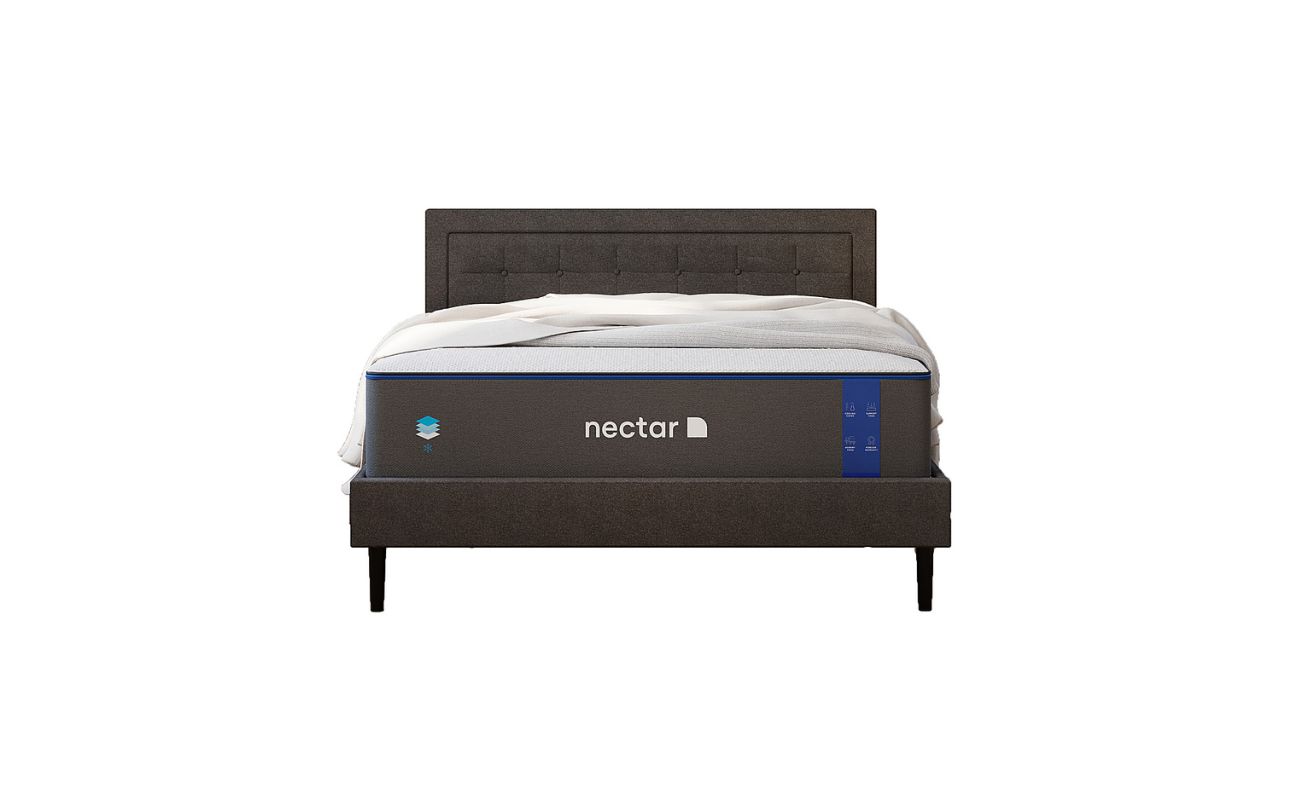
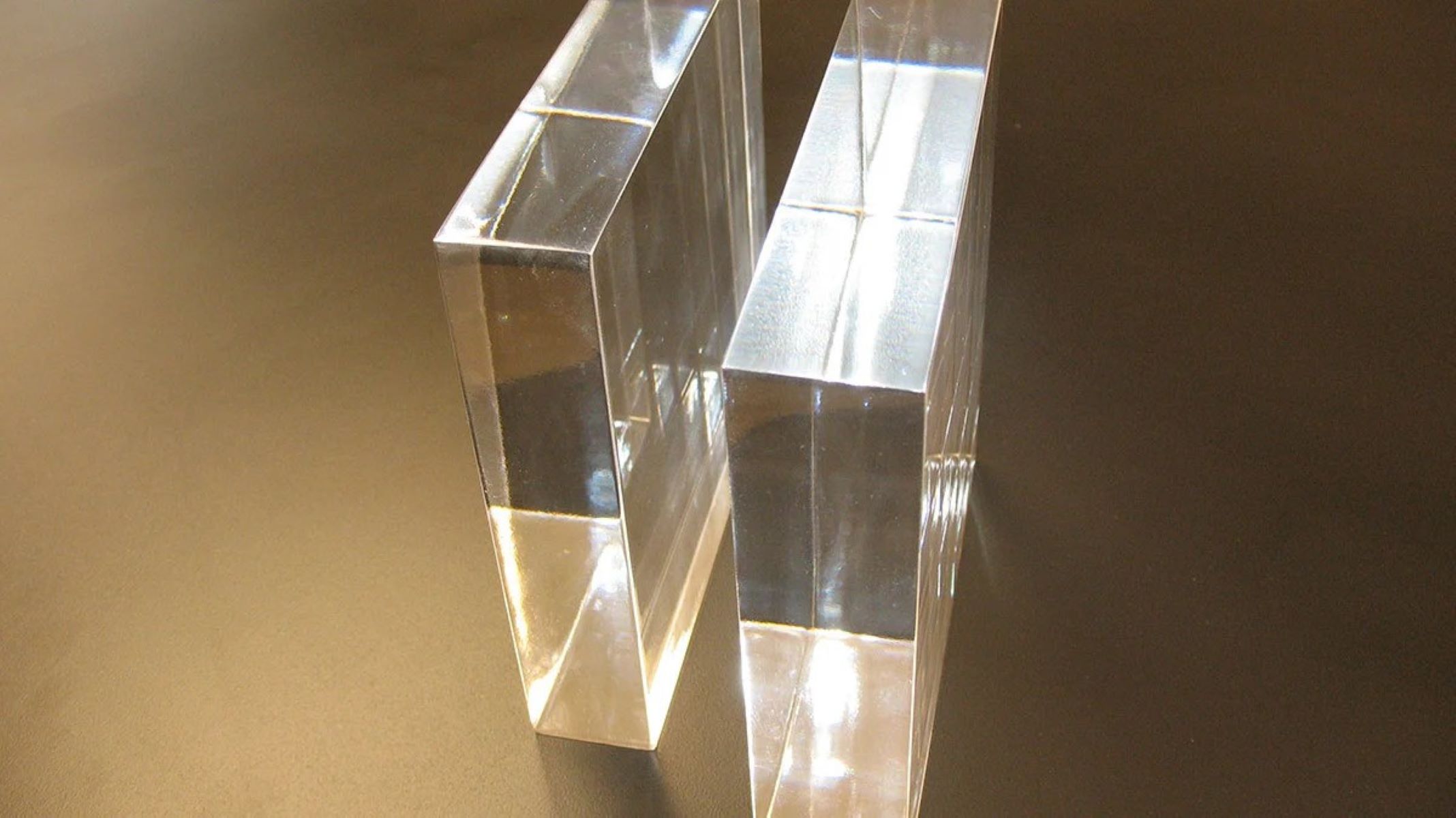
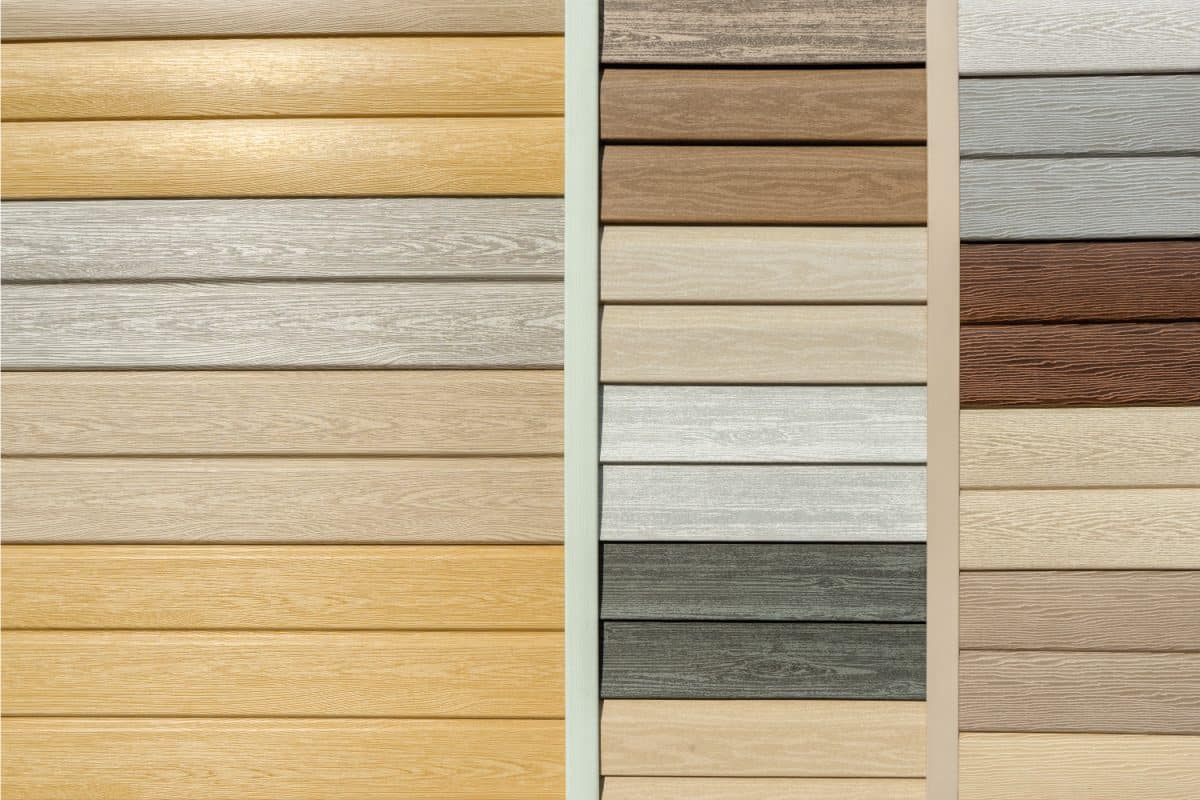
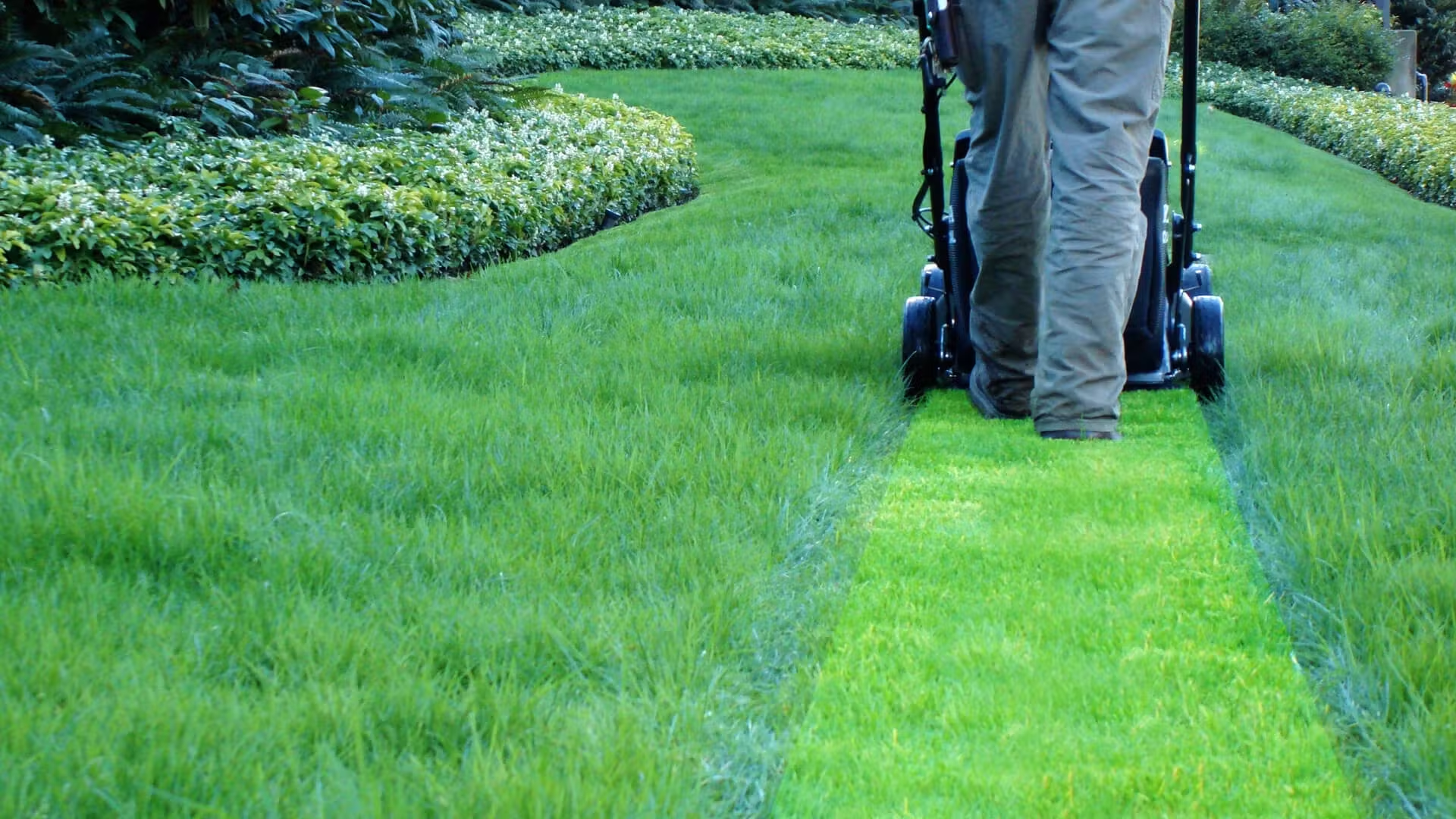
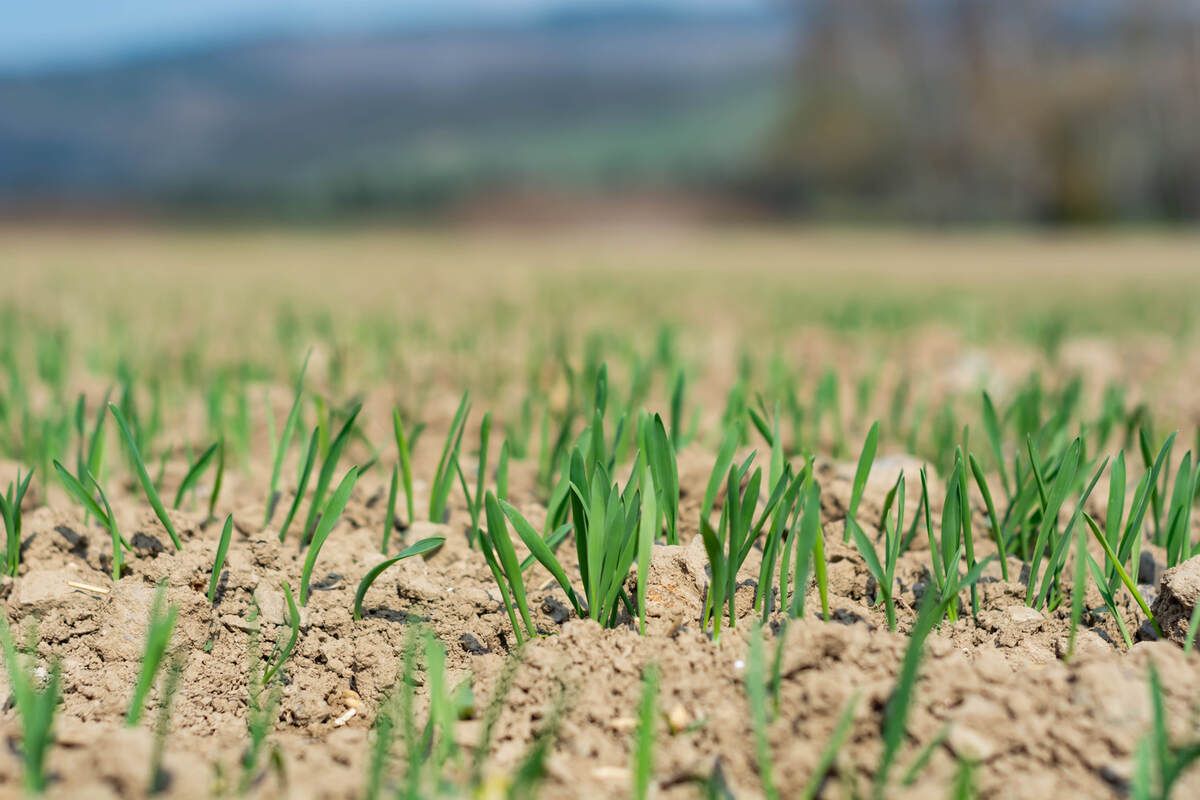
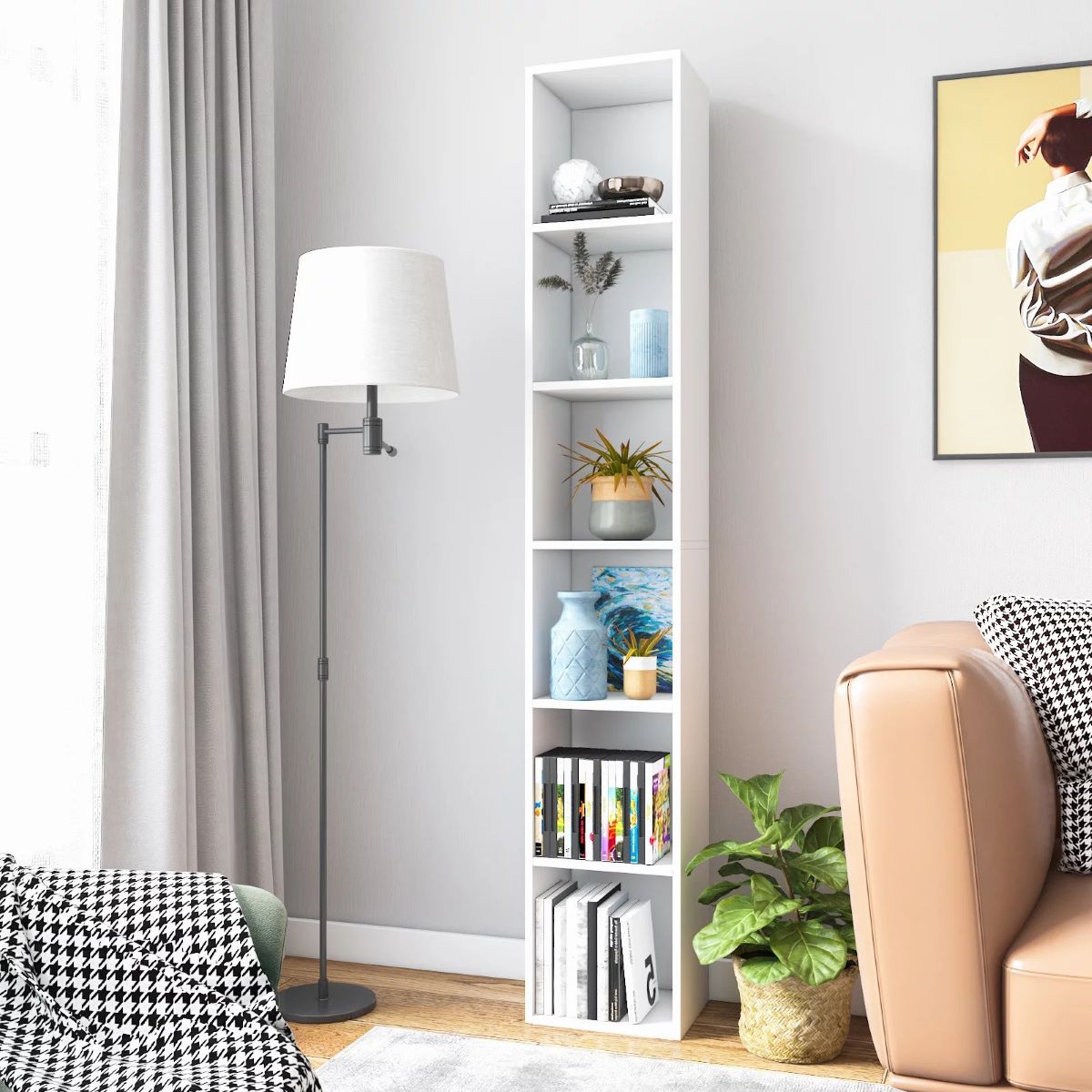
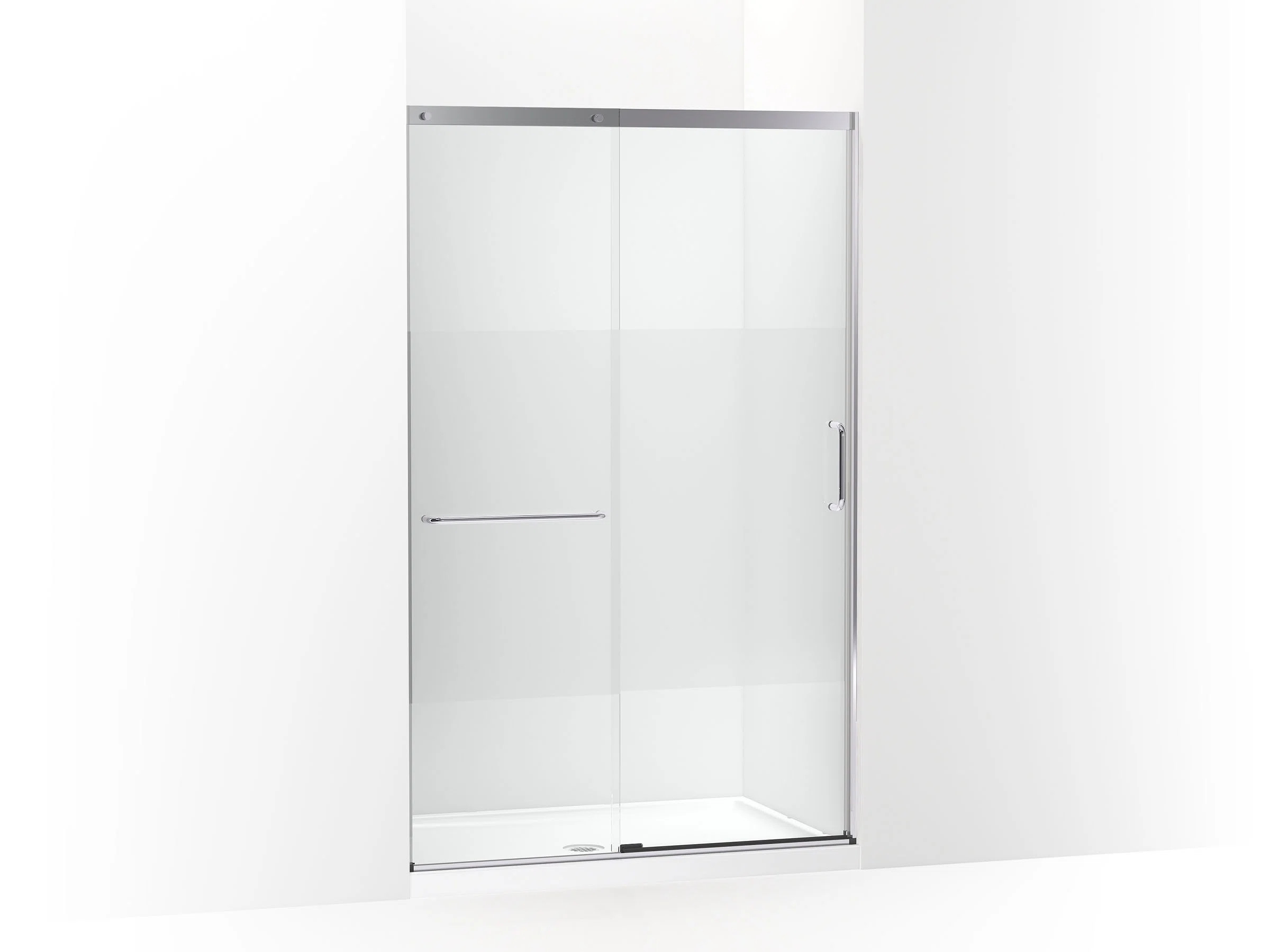

0 thoughts on “How Thick Is Thin Brick”